Our eyes are one of the most vulnerable areas of the body, whether working on a vehicle or playing sports it is crucial we protect them properly. Playing sports can leave anyone at risk of eye injury, and with around 13,500 people a year suffering vision loss from sports-related eye injuries, ensuring your eyes are protected is essential. But what do you need to look for when thinking about sports eye safety, and what kind of injury must we prevent?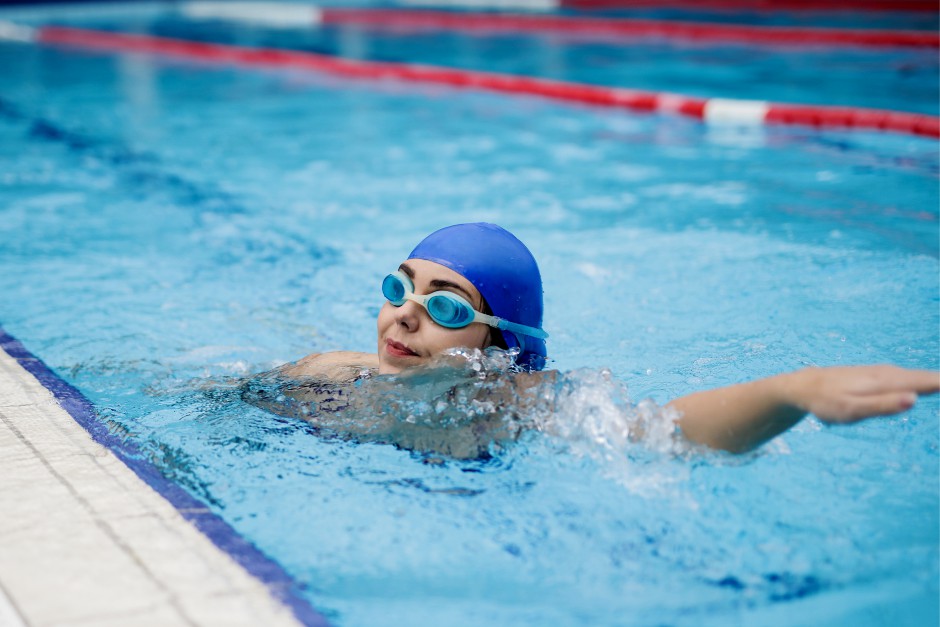
Sports-related Eye Injuries
It is not that long ago that eyewear was not even on the radar for most sports, but with around 30,000 people a year suffering sports-related eye injuries in the United States alone, that has changed dramatically over the last decade. That change has been driven partly by those shocking statistics, but also by programs to raise awareness of the issue, such as Sports Eye Safety Month, which is held every April.
The good news is that while those statistics are alarming, around 90% of incidents that could cause vision impairment can be prevented by wearing sports protective eyewear. Whether it is children just learning their first sport or a pro athlete, wearing safety glasses for sports just makes sense if the alternative is to become visually impaired caused by sports injury.
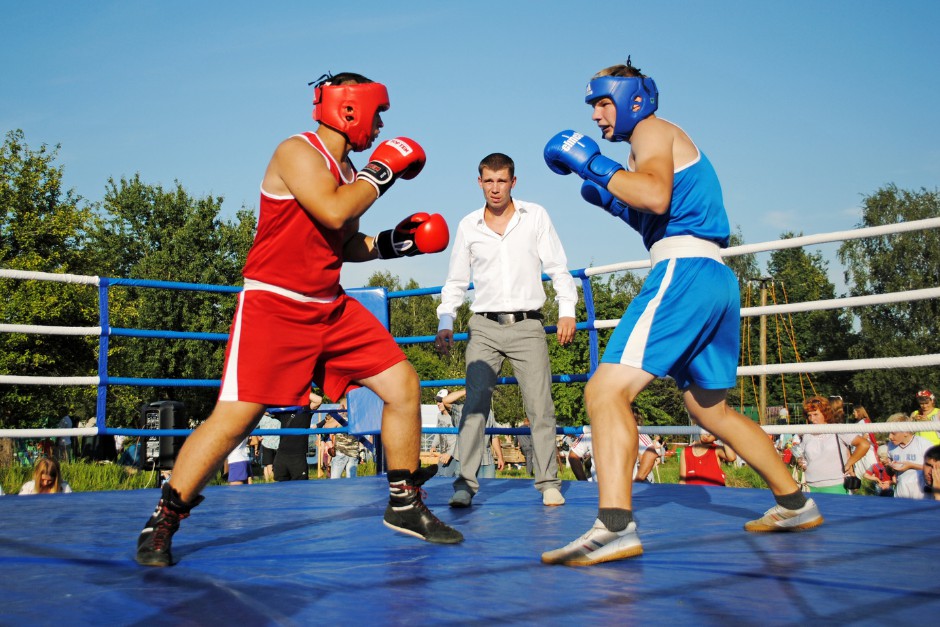 The risk to the eye does vary depending on sport, but includes trauma such as that caused in baseball with a ball hitting the eye socket area or in boxing and martial arts, where the face is struck in a similar position. One of the most famous victims of this kind of injury was boxer Sugar Ray Robinson, who retired after an eye injury. Although he did make a comeback a few years later, he was not the same boxer he had been previously.
The risk to the eye does vary depending on sport, but includes trauma such as that caused in baseball with a ball hitting the eye socket area or in boxing and martial arts, where the face is struck in a similar position. One of the most famous victims of this kind of injury was boxer Sugar Ray Robinson, who retired after an eye injury. Although he did make a comeback a few years later, he was not the same boxer he had been previously.
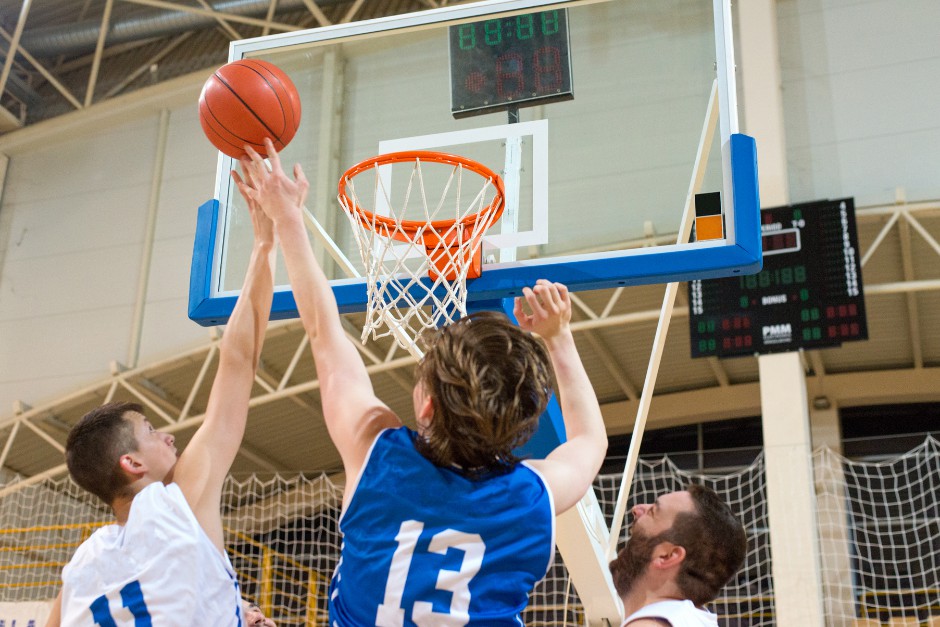 Other injuries include direct trauma to the eye, such as an accidental finger in the eye during basketball, grit or dust in the eye during cycle races and other similar situations. One of the best examples of how this can affect an athlete is Larry Sanders, who played Center for the Milwaukee Bucks. He suffered an injury to his eye in a game that caused him to miss the rest of the season, and he never fully recovered.
Other injuries include direct trauma to the eye, such as an accidental finger in the eye during basketball, grit or dust in the eye during cycle races and other similar situations. One of the best examples of how this can affect an athlete is Larry Sanders, who played Center for the Milwaukee Bucks. He suffered an injury to his eye in a game that caused him to miss the rest of the season, and he never fully recovered.
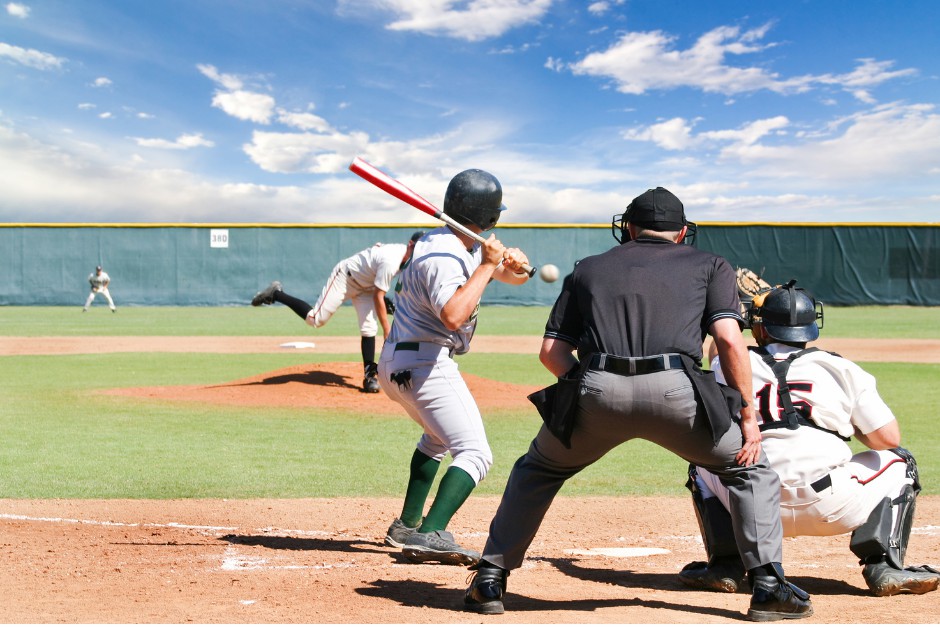 In fact, basketball is the most common sport being played when suffering an eye injury, with around 1 in 10 of all US College basketball players receiving an eye injury during their careers. For most of these players the effects are temporary, but others are left with low vision or vision loss, and many others never fully regain their 20/20 vision. For younger athletes aged between 5 and 14, it is Baseball that is the most common cause of sports related eye injury problems.
In fact, basketball is the most common sport being played when suffering an eye injury, with around 1 in 10 of all US College basketball players receiving an eye injury during their careers. For most of these players the effects are temporary, but others are left with low vision or vision loss, and many others never fully regain their 20/20 vision. For younger athletes aged between 5 and 14, it is Baseball that is the most common cause of sports related eye injury problems.
What Sports Require Eye Protection?
We have discussed the most common causes of eye injuries, but there are many more situations where sports protection glasses are important. Any sport where there is a risk of debris or equipment getting near to the face, or any sport that involves player to player contact has the potential to result in accidental contact with the eye, all representing a risk of vision loss where safety glasses for sports can make a difference.
These include:
- Badminton – Shuttlecock or racket to the face and eye area can cause eye injuries.
- Baseball – The eye area can be hit by the ball in a number of ways, either from a pitch or when stuck by the batsmen. In some situations, a player could be struck by the bat itself.
- Basketball – The most common eye injury in sports, whether it be elbow to the eye socket or a finger in the eye during tussles for the ball, Basketball offers a lot of opportunities for problems.
- Diving – Pressure from the force of water hitting the face at entry can cause eye issues.
- Hockey – Elbows, pucks, sticks all have a chance of causing trauma to the eye,
- Mountain Biking – From mud and debris thrown up by other bikes to twigs and branches catching the face as you ride, even wind-blown dust and debris can cause irritation and more serious issues.
- Paintball – Shots from a paintball gun can cause serious eye injuries.
- Squash – The ball or another players racket can cause eye socket trauma.
- Swimming – Irritants from the water can lead to damage, and in some open water racing, there is a risk of injury from other swimmers.
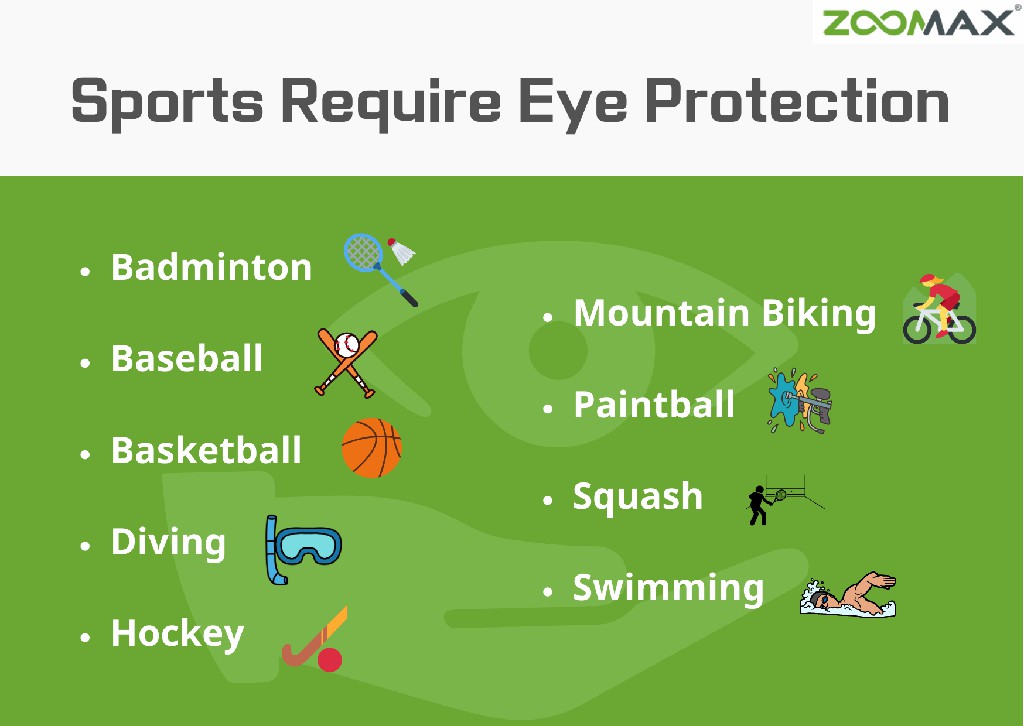
Some offer more risk than others, and in general even for sports not mentioned, if you feel safer wearing protective sports glasses, then boost your confidence by wearing them. It is important to remember that when we are talking about eye protection for sports, this does not mean sunglasses. Unless they have appropriate shatterproof lenses, ordinary sunglasses can actually increase the risk of sports related eye injuries.
Quality protective sports glasses feature shatterproof lenses and designs that maintain your peripheral vision while protecting you from visual impairment and are often tailored to suit individual sports. With studies showing that around 90% of injuries can be eliminated with sports protective eyewear, if you are a parent with children who are just starting out on a sports journey, a weekend athlete or a professional, it makes sense to use safety glasses for sports to maintain your healthy vision. But how do you get the right ones, and what should you look out for?
Tips for Choosing Protective Eyewear
Getting the right eyewear is crucial, and for many sports there are dedicated products to suit your needs. Eye protection designed for a specific sport has many benefits, for instance if we look at a popular sport like Mountain Biking.
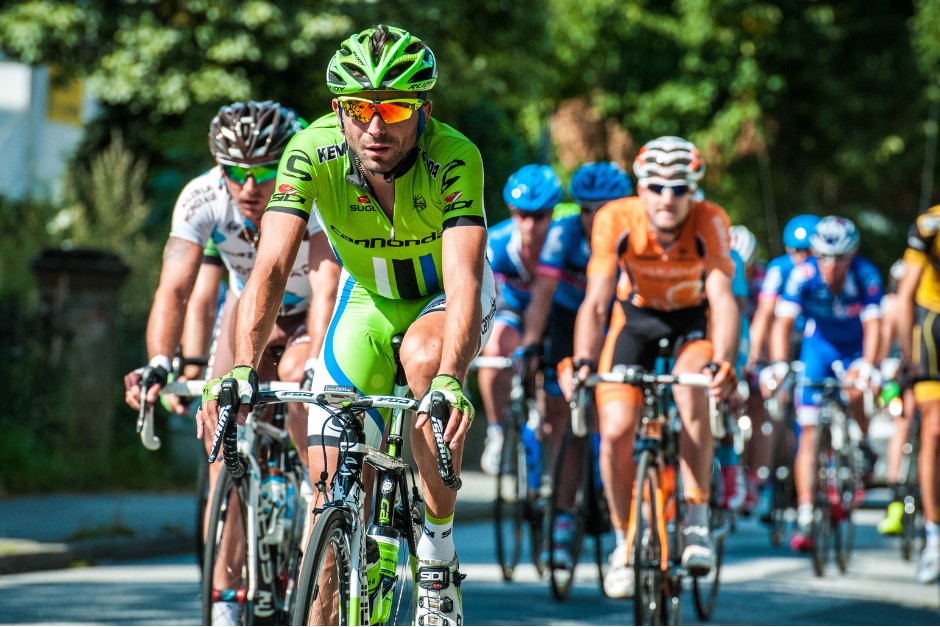 Your mountain bike store will have a wide choice of sports protective eyewear designed for use in changing light conditions and the other challenges faced by riders. Eye protection here means wrap-around glasses that don’t obscure peripheral vision, but also feature extensive ventilation to avoid fogging during a ride. Some offer interchangeable lenses so you can adapt your eyewear to your ride, and for most people this is a great option.
Your mountain bike store will have a wide choice of sports protective eyewear designed for use in changing light conditions and the other challenges faced by riders. Eye protection here means wrap-around glasses that don’t obscure peripheral vision, but also feature extensive ventilation to avoid fogging during a ride. Some offer interchangeable lenses so you can adapt your eyewear to your ride, and for most people this is a great option.
Visit your local sports store and ask about specific sport protection, in fact one of the best ways to get the best eyewear for swimming or any sport is to talk to the salespeople at your sports store. In many stores, the staff will be people who use the equipment themselves, and they can be a good source of information on how different brands or products feel and perform, always ask them for some recommendations.
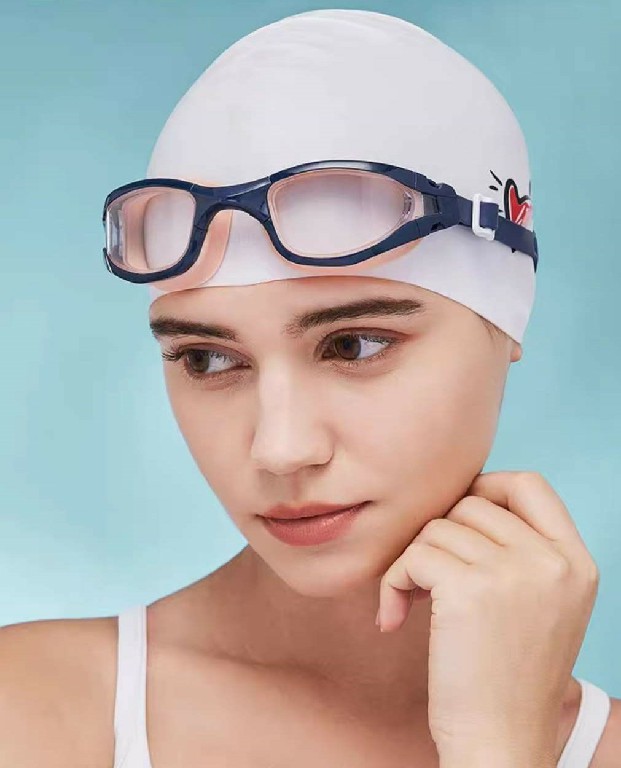 Choosing protective glasses for swimming can be even more overwhelming than mountain biking, with so many options to choose from. There are styles to suit indoor or outdoor pool swimming, open water swimming protection for things like Ironman contests and so on. Like mountain bike eye protection, there are a range of lens colors to look at, some can help those with low vision gain clarity. UV protection is important for those swimming outdoors, but not so crucial in indoor pools for instance.
Choosing protective glasses for swimming can be even more overwhelming than mountain biking, with so many options to choose from. There are styles to suit indoor or outdoor pool swimming, open water swimming protection for things like Ironman contests and so on. Like mountain bike eye protection, there are a range of lens colors to look at, some can help those with low vision gain clarity. UV protection is important for those swimming outdoors, but not so crucial in indoor pools for instance.
In terms of fit, the biggest influence on how swimming eyewear feels is the size of the waterproof gasket that prevents water from reaching the eyes. Fit is a combination of the size of the eyepieces themselves, the nose piece and the strap that holds the glasses on. Good quality material with plenty of adjustment ensures you can get the right level of tension that holds the eyewear securely, but doesn’t feel uncomfortable.
Try and avoid swimming eyewear with lower quality straps, and there is an easy check for this. Take the strap and stretch it as far as you can. Does the material turn white? If so, it is likely to be lower quality materials, so look for something where the strap retains its color, these are going to last you much longer.
Tips for People with 20/200 Vision
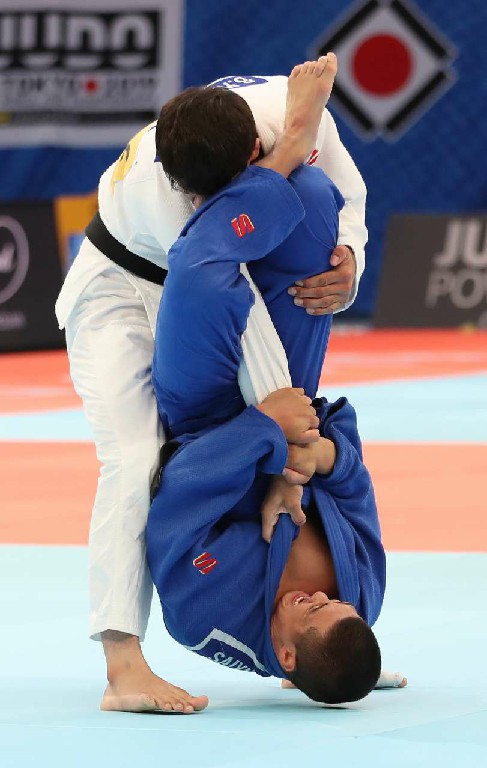 Athletes with 20/200 vision used to be restricted in terms of eyewear choice and sports, but today there are many options on the market designed for this market. Participating in sports is good for our health, and that includes those with poor eyesight, but with the risks to vision that sports also bring, for low vision athletes having appropriate eye protection is even more important. There are a number of sports that are suitable for those with vision impairment, including using a stationary bike and gym work, walking and even a number of martial arts. One of those is Judo, which has become a Paralympic Games sport and is very popular in the 20/200 vision community, with benefits beyond sport. To know more suitable sports for people with low vision: New Year,Let Us Keep Healthy – Exercises for the Low Vision.
Athletes with 20/200 vision used to be restricted in terms of eyewear choice and sports, but today there are many options on the market designed for this market. Participating in sports is good for our health, and that includes those with poor eyesight, but with the risks to vision that sports also bring, for low vision athletes having appropriate eye protection is even more important. There are a number of sports that are suitable for those with vision impairment, including using a stationary bike and gym work, walking and even a number of martial arts. One of those is Judo, which has become a Paralympic Games sport and is very popular in the 20/200 vision community, with benefits beyond sport. To know more suitable sports for people with low vision: New Year,Let Us Keep Healthy – Exercises for the Low Vision.
There are low vision eyewear to suit all of these activities, but which is best will depend on the needs of each individual. As with standard eye protection for sports, finding a product that fits well is really important, but the lenses themselves will have different properties depending on individual needs. There are a number of specialized suppliers who can help low vision athletes find the perfect blend of fit and performance to suit their own vision impairment and the sport they have chosen.
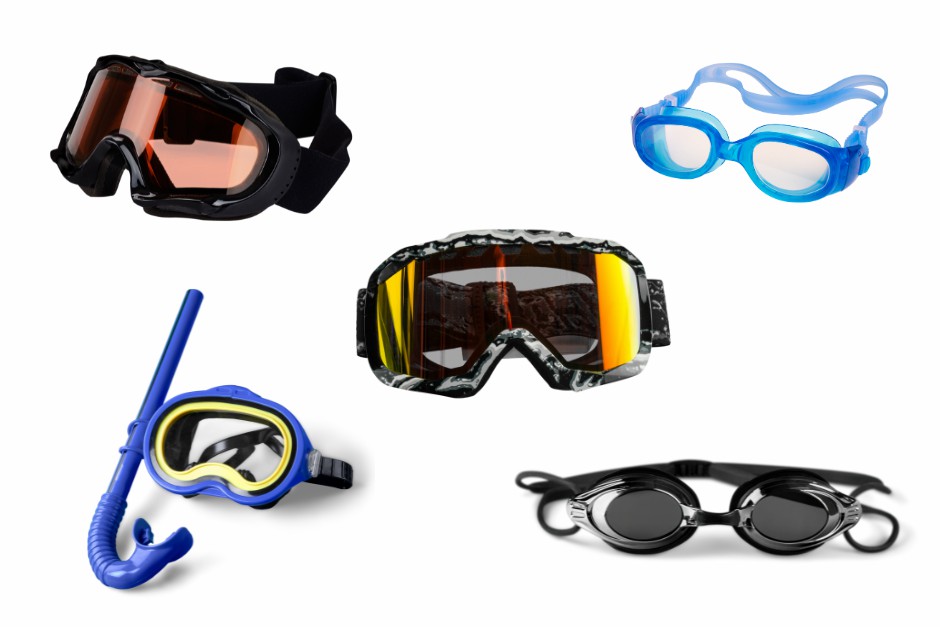
Sports protective eyewear can protect your eyes in an accident, but they also give you confidence too, and for parents with children participating in sports, provide peace of mind. With the right protective sports glasses, you won’t be another statistic for sports related injuries, so make sure that whenever you are heading off to do sports, make sure you have appropriate sports protective eyewear in place.

